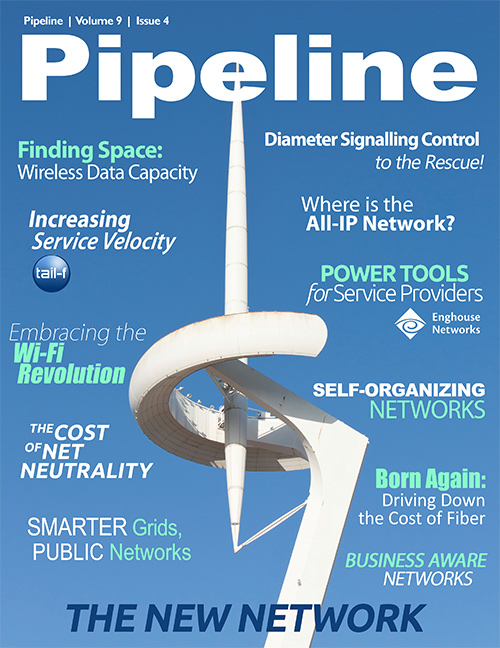Why Operators Must Simplify Network Configuration
A logical approach to network configuration
Beginning with the end in mind establishes the key criteria for success in advance. Computer science principles have been used extensively in other industries such as banking and transportation for decades. This logical approach to solution design is new to the network industry. A logical approach is the key to making CSPâs networks behave as reliably as commercial banking systems. This paradigm shift can offer great benefits regarding how to manage networks.
Product that is plug and play--Reality requires that the network configuration solution can be inserted into an existing complex network. Industry experience shows that there is much greater time to market and less risk of project failure if the solution is a standard product rather than an extensive project engagement. It should be critical that the product has interfaces that are familiar to network operations today in order to avoid any extensive training. This can only be achieved by introducing an abstraction layer with standard interfaces to existing service workflow processes/OSS (northbound interfaces) and to existing network elements (southbound interfaces). It should be possible to use any northbound interface and have it translated into any southbound interface and vice versa.
Guarantee consistent network--It is a business imperative that operations has control and manageability of network reliability. In computer science, the transactional model is a set of properties that guarantee that changes are processed reliably. In the context of network management, this requires that all the multiple steps and various commands of a service or network change request are set-up as one single transaction. Therefore if any part of the process fails, the earlier steps are rolled back automatically to ensure a consistent state. Validation happens before activation, so plain invalid configurations never need to affect the live networks. If any part of the activation process fails, for example breaks in a SLA, the earlier steps are rolled back to ensure a consistent state. An example of a single transaction as defined by Tail-fâs NCS would be increasing the allocated bandwidth across all connections on a VPN network.
Model driven--Building a product that has full transactional integrity and that is also highly extensible requires a model-driven approach. The constraint of not having the product itself filled with hardcoded knowledge of specific services and network elements requires that there are simple and powerful methods for adding that information on demand. Writing service models and network element models into a model-driven system can capture specific information necessary to manage unique services and network elements. The models must be written based on industry standards rather than on propriety vendor-specific approaches.
Computer Science Pillars of Network Configuration
- Build a plug and play product â introduce an abstraction layer with standard interfaces
- Guarantee a consistent network â full transactional integrity
- Offer model-driven extensibility â meaning all information about services and network elements are specified in data models â open in standardized language and external to systems
Computer scientists tackle networking
Tail-f Systems has extensive background in Computer Science with multiple PhD degrees in computer science and networking. This logical approach to network management deriving from the field of Computer Science has advanced Tail-f product development in ways that offer extensive benefits to our customers.



















